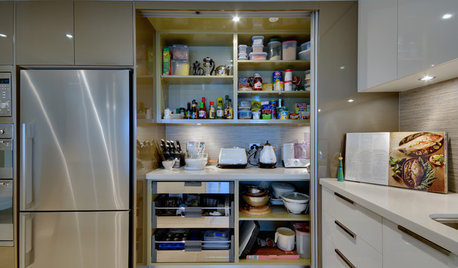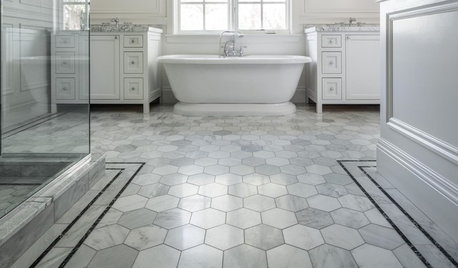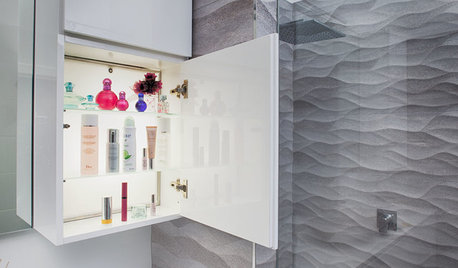Can I move airgap under countertop and how?
stash-hdy
16 years ago
Featured Answer
Sort by:Oldest
Comments (18)
stash-hdy
16 years agoRelated Professionals
Springdale Handyman · Adelphi Kitchen & Bathroom Remodelers · Normal Kitchen & Bathroom Remodelers · Cloverly Kitchen & Bathroom Remodelers · Andover Kitchen & Bathroom Remodelers · Bellevue Kitchen & Bathroom Remodelers · Gardner Kitchen & Bathroom Remodelers · Linton Hall Kitchen & Bathroom Remodelers · Lynn Haven Kitchen & Bathroom Remodelers · Omaha Kitchen & Bathroom Remodelers · Omaha Kitchen & Bathroom Remodelers · Pico Rivera Kitchen & Bathroom Remodelers · Sweetwater Kitchen & Bathroom Remodelers · Wilmington Kitchen & Bathroom Remodelers · Sharonville Kitchen & Bathroom Remodelersdickross
16 years agolazypup
16 years agodickross
16 years agolazypup
16 years agobrickeyee
16 years agodickross
16 years agobrickeyee
16 years agoUser
16 years agodickross
16 years agolazypup
16 years agobrickeyee
16 years agoperel
16 years agobrickeyee
16 years agolazypup
16 years agoATM
8 years agoHU-90651737
2 years ago
Related Stories

KITCHEN STORAGEMove Over, Soup Cans — the Kitchen Appliances Are Here
Design a pantry with room for mixers, coffeemakers and more, for less countertop clutter and handy access
Full Story
ENTRYWAYSSingle Design Moves That Can Transform an Entry
Take your foyer from merely fine to fabulous with one brilliant touch
Full Story
SMALL KITCHENS12 Genius Design Moves for Small Kitchens
These space-enhancing tricks can make compact cooking zones look and feel larger
Full Story
KITCHEN DESIGNKitchen of the Week: What a Difference Paint Can Make
A bold move gives a generic Portland kitchen personality without a major overhaul
Full Story
LIFEThe Polite House: How Can I Kindly Get Party Guests to Use Coasters?
Here’s how to handle the age-old entertaining conundrum to protect your furniture — and friendships
Full Story
REMODELING GUIDESAsk an Architect: How Can I Carve Out a New Room Without Adding On?
When it comes to creating extra room, a mezzanine or loft level can be your best friend
Full Story
LIFEThe Polite House: How Can I Tell a Construction Crew to Pipe Down?
If workers around your home are doing things that bother you, there’s a diplomatic way to approach them
Full Story
MOVINGThe All-in-One-Place Guide to Selling Your Home and Moving
Stay organized with this advice on what to do when you change homes
Full Story
TILEWhy Bathroom Floors Need to Move
Want to prevent popped-up tiles and unsightly cracks? Get a grip on the principles of expansion and contraction
Full Story
BATHROOM STORAGE10 Design Moves From Tricked-Out Bathrooms
Cool splurges: Get ideas for a bathroom upgrade from these clever bathroom cabinet additions
Full StoryMore Discussions








brickeyee